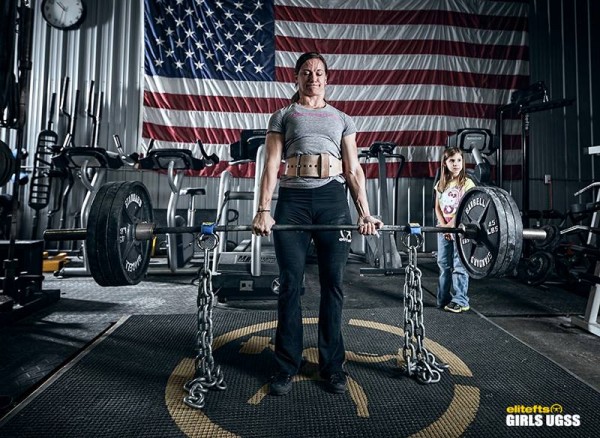
RDL's are a staple in most training programs. At least for me and my clients they are. Whether I'm training a powerlifter, an athlete or working mom looking to get in shape, you can bet that this hinge movement is almost always present.
I am a firm believer that hinging exercises are something to be mastered by all. They teach someone pelvis and core control, while building up the hamstrings and glutes. Teaching someone to hinge and maintain a neutral spine (read: NOT flex and extend from the spine) is key to optimal back health too.
Here are some of my favorite RDL variations with a video below of most of them (sans sumo and deficit):
1. Standard double leg RDL (DB/BB/KB, etc): This movement should be mastered first before moving on to other variations. It's a key to learning how to deadlift and squat.
2. Single leg RDL with support: This is my first progression with single leg movements. Maybe people who try to do a single leg RDL say they are focusing more on balancing than they are on loading the movement. 9.9 times of out 10, I'm not worried about the person's balance in this movement. I'm looking for how they hinge and load the posterior chain as well as stabilize at the hip by not letting their hip kick out to the side.
Now, I know what you're going to say... stabilizing the hip is balancing. Yes and no. When I have someone do these, they have a hand lightly placed on an object solely to maintain some control... they are not leaning on it so much that the hips and glutes are no longer working. Just enough so if they start to lose balance, they can regain quickly, but still work on overall control.
3. Single leg RDL with full balance: This would be more of an actual single leg movement without holding onto anything. Once the person has built up some stability in the hip and strengthened the posterior chain, this is a great option to move to. This and the above movement are usually done in a see-saw type way, meaning the back leg stays extended and lifts up as the torso/chest tips forward. Torso/spine and back leg should remain in a straight line during the entire movement.
4. Kickstand RDL: This is a single leg version, but now your back leg becomes a form of light support during the movement. With the back leg slightly bent and just your toes on the ground, perform the RDL movement keeping 90% of the pressure on your working leg. A great option for someone who either has trouble with the balancing part or maybe has a contraindication for being on one leg.
5. Railslide RDL: I showed these on my instagram page a few months back and I really like this variation. Using the rails of a rack, perform the RDL movement while keeping constant pressure of the bar into the rack. Play around with different stances as you'll notice where you stand in relation to the bar/rack creates a slightly different feeling on the posterior chain.
6. RDL with band resistance around hips: Attach a band to an immovable object (or have a partner hold it) and place the other end around your hips. The bands provide a little more resistance at the top end of the movement during the lockout/hip extension phase.
7. Sumo stance RDL: I personally love this variation, especially when training more of my sumo deadlift. You should still position your feet outward like a sumo deadlift. If your toes remain forward, you'll put unnecessary pressure on the medial side of the knees. The hinge movement remains the same.
8. Deficit RDL: This variation is sometimes not even needed. Someone who lacks the flexibility/mobility and the body awareness to maintain a neutral pelvis throughout this deep ROM should be wary of these. A small deficit works well for these, standing on a plate and using 25's for the load so you can go through a deeper ROM. Again, be mindful of your hinge position and your pelvis/spine position as well.
9. Single arm rotational RDL: These are a bit of a combo exercise that adds a little element to other planes of movement. Again, be sure you are still hinging and not allowing the spine to flex and extend during the movement.
If you give any of these a try, tag me on social media so I can see! Or if you do any other variation, tag me as well and I'll add them to the list!









1 Comment